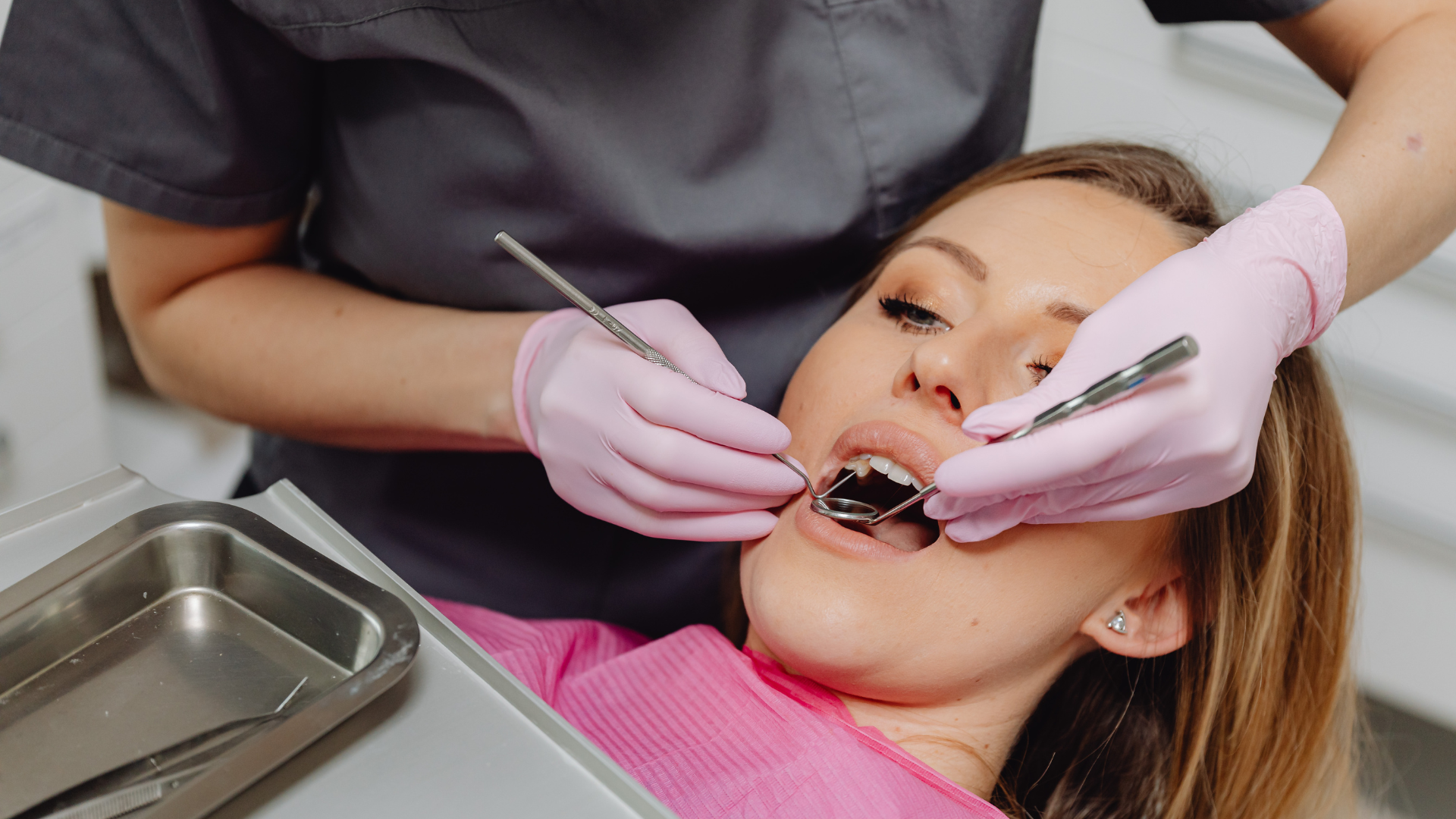The Unique World of Children's Dentistry
The Unique World of Children's Dentistry:
Why It Matters and How It Differs
When it comes to dental care, children have specific needs that distinguish them from adults. This realm, often referred to as children's dentistry, is distinct in many ways. Dr. Jenn Nguyen has a special interest in children's dentistry, understanding the unique challenges and requirements that come with treating young patients.
Importance of Focusing on Children's Dentistry
From the moment the first tooth emerges, it's essential to prioritize oral health. Children's teeth are not only important for basic functions like eating and speaking but also play a significant role in guiding permanent teeth into their correct position. Proper dental care in these formative years can prevent a myriad of issues later on.
Additionally, early dental visits can help children become familiar with the dental environment, reducing the fear and anxiety often associated with such visits. Dr. Jenn Nguyen emphasizes the importance of creating positive experiences, ensuring that young patients build trust and confidence in dental care from an early age.
Differences in Children's Dentistry
Tooth Development: The journey of tooth development, from baby teeth to permanent ones, requires a deep understanding. Dr. Jenn Nguyen recognizes that each stage of this progression presents its challenges, from teething discomfort to the loss of primary teeth and the emergence of permanent ones.
Dental Interventions:
Some dental procedures tailored for children help in guiding the development of the jaw and teeth. Early intervention can sometimes prevent the need for more invasive treatments later on.
Behavioral Techniques: Children might not always understand the importance of sitting still during a dental procedure. Dr. Jenn Nguyen employs various techniques to ensure a calm environment, making the experience less daunting for the child.
Education and Prevention:
Dr. Jenn Nguyen prioritizes educating both children and their parents about proper oral hygiene habits. By teaching them the correct brushing and flossing techniques, potential dental issues can be nipped in the bud.
In Conclusion
The world of children's dentistry is full of unique challenges and requirements. 'Dr. Jenn Nguyen's special interest in this field ensures that young patients receive the best care possible, setting them on a path to lifelong oral health. As the foundation for a healthy oral future is laid during childhood, the role of experts like Dr. Jenn Nguyen cannot be underestimated.




